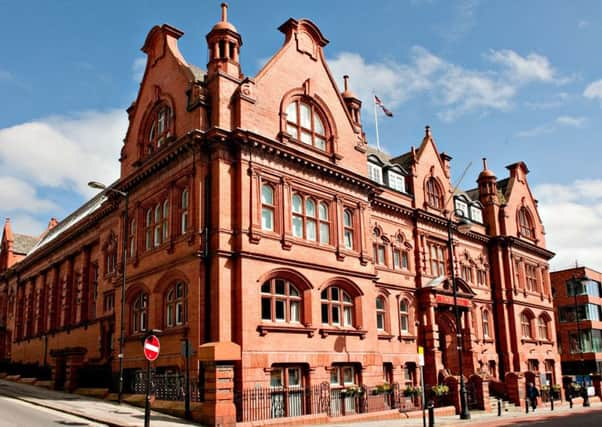Progress made in the war on fuel poverty


Encouragingly, the borough has one of the lowest rates in Greater Manchester for families struggling to pay their gas and electricity bills.
And council bosses have said this should be credited to the success of the Warmth Access Referral Mechanism (Awarm) scheme while accessing national funding for insulation projects.
Advertisement
Hide AdAdvertisement
Hide AdHowever, a number of areas across the borough where residents are most at risk have still been highlighted in a report set to go before the town hall health and wellbeing board later thismonth.
They include communities in Standish Lower Ground and Westleigh which have between 15 and 19 per cent of homes deemed to be living in fuel poverty.
Other risk areas include Wigan town centre, Scholes and Ince which have levels of between 12 and 15 per cent.
The report details how tackling fuel poverty can reduce costs on the NHS on a massive scale.
Advertisement
Hide AdAdvertisement
Hide AdAnd it goes on to say that fuel poverty is “distinct from general poverty,” with households not normally considered to be “poor” pushed into the category due to high energy costs.
The council’s multi-agency approach to tackling fuel poverty has recently received national recognition in the National Energy Action (NEA) report.
Responding to the recognition, Coun Keith Cunliffe, portfolio holder for adult social care and health, said: “This praise shows that the work we are doing is among the best in the country in reducing the impact of fuel poverty.”
Its own report, produced by public health director Prof Kate Ardern, recommends expanding on the current Awarm scheme and targeting the areas highlighted in the risk-area map.
Advertisement
Hide AdAdvertisement
Hide AdProf Ardern said: “We have the lowest percentage of people in fuel poverty in Greater Manchester which is great news and there is still lots of work ongoing to continue this.
“We have the brilliant Affordable Warmth Access Referral Mechanism (Awarm) which supports people who struggle to keep warm at home and are living on a low income, with high energy costs and living with a long term health conditions.
“Once a referral has been made to us, Awarm will then contact them to carry out a Free Healthy Home Check to find out what support would help you to become warmer, safer and healthier in your own home.”
The government classes residents as being in fuel poverty if the household is left with an income below the official poverty line after average costs to heat a home have been paid out.
And this is caused by three main factors: poor energy-efficient homes, high energy prices or low household income.